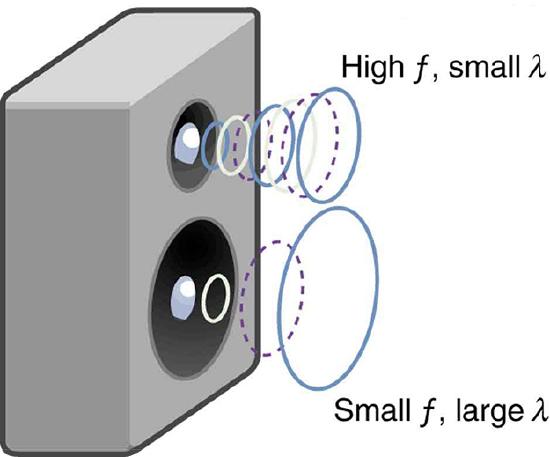5.E: Oscillations and Waves (Exercise)
- Page ID
- 57535
Conceptual Questions
6.1: Period and Frequency in Oscillations
1. If an oscillation occurs more rapidly, how does the period of oscillation change? How does the frequency change?
2. Give examples of natural phenomena that occur with constant frequency (or period) over a length of time.
6.2: Simple Harmonic Motion- A Special Periodic Motion
3. What conditions must be met to produce simple harmonic motion?
4. (a) If frequency is not constant for some oscillation, can the oscillation be simple harmonic motion?
(b) Can you think of any examples of harmonic motion where the frequency may depend on the amplitude?
5. Give an example of a simple harmonic oscillator, specifically noting how its frequency is independent of amplitude.
6. Explain why you expect an object made of a stiff material to vibrate at a higher frequency than a similar object made of a spongy material.
7. As you pass a freight truck with a trailer on a highway, you notice that its trailer is bouncing up and down slowly. Is it more likely that the trailer is heavily loaded or nearly empty? Explain your answer.
8. Some people modify cars to be much closer to the ground than when manufactured. Should they install stiffer springs? Explain your answer.
6.3: Forced Oscillations and Resonance
9. Give additional examples of resonance phenomenon from everyday life.
10. What "damps" the resonance of a forced oscillation? What are the dynamics of "damping" and what physical quantity is involved?
6.4: Waves
11. Give one example of a transverse wave and another of a longitudinal wave, being careful to note the relative directions of the disturbance and wave propagation in each.
12. What is the difference between propagation speed and the frequency of a wave? Does one or both affect wavelength? If so, how?
13. Given a wave of frequency ff traveling with wave speed \(v_{\text {w }}\), what happens to the wave speed if the frequency doubles? What happens to the wavelength?
6.5: Wave Interference- Standing Waves and Beats
14. How does destructive interference occur? What do you see in a destructive interference?
15. Explain how noise-cancelling headphones work in terms of wave interference phenomena.
16. Explain how nodes and antinodes form on standing waves.
17. In the beat phenomenon, the loudness of the sound combined from two sound waves "wobbles" (it increases and decreases over time). Explain how the loudness of the combined sound becomes louder then quieter, even though individual sound waves remain at the same loudness, or amplitude.
6.7: Speed of Sound, Frequency, and Wavelength
18. How do sound vibrations of atoms differ from thermal motion?
19. When sound passes from one medium to another where its propagation speed is different, does its frequency or wavelength change? Explain your answer briefly.
20. For a high-fidelity speaker containing a woofer and a tweeter (see Figure \(\PageIndex{1}\) for example), why is the woofer larger than the tweeter?

6.8: Doppler Effect and Sonic Booms
21. Explain Doppler shift. How does the measured frequency increase or decrease?
22. Due to efficiency considerations related to its bow wake, the supersonic transport aircraft must maintain a cruising speed that is a constant ratio to the speed of sound (a constant Mach number). If the aircraft flies from warm air into colder air, should it increase or decrease its speed? Explain your answer.
23. When you hear a sonic boom, you often cannot see the plane that made it. Why is that?


